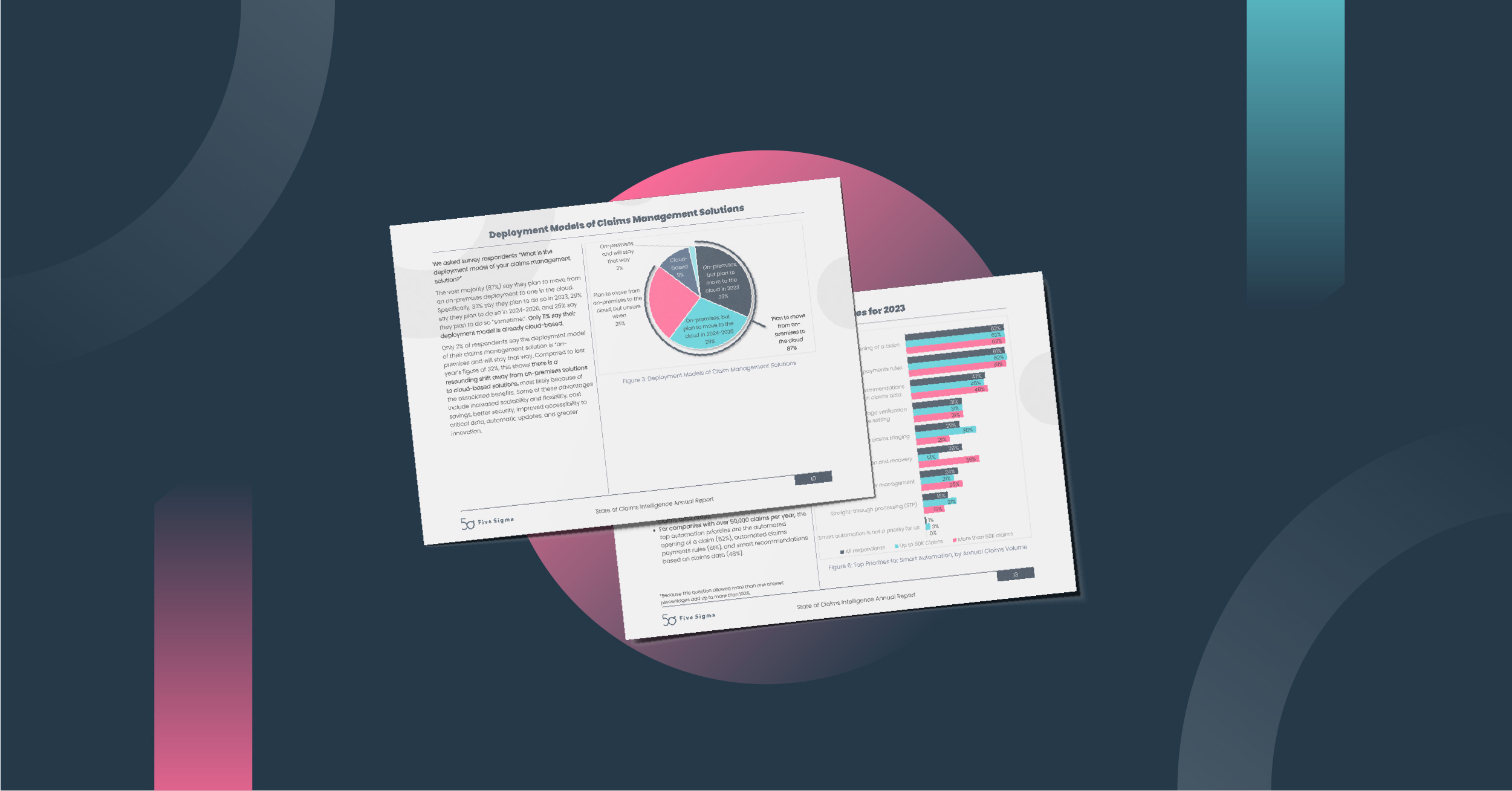4 Steps to Transform Every Claims Adjuster into a Top Performer
By using data-driven claims intelligence effectively, today’s insurance companies can empower any claims adjuster to excel.
For insurance companies, there’s nothing new about the importance of the role played by claims adjusters. As long as the basic business model of insurers has existed, the success of those insurers has depended on their ability to offer policies at the appropriate price and pay out the appropriate amount on each claim. And claims adjusters play a critical role in ensuring that premiums, deductibles, and claims settlements are neither too low nor too high—while also shaping the overall customer experience.
What is new in the world of insurance is how effectively insurers can empower their claims adjusters to work both efficiently and accurately. By giving adjusters quick and easy access to a rich collection of relevant information, insurance companies can enable them to quickly calculate the most appropriate amount to pay the insured on any given claim. And today’s technology makes it feasible to give each adjuster the kind of comprehensive and fine-tuned collection of data that until recently would typically only be provided to middle and upper management.
That’s why we’ve published our latest guide, Transform Every Claims Adjuster into a Top Performer, Using Claims Data, to help insurers make the most of the data at their disposal, so that their claims adjusters can work quickly and accurately while also delivering the highest level of customer service. The 4-step guide, which is available for download now, illustrates how insurance companies can use claims data to:
- Empower any claims adjuster to display the same qualities as their most successful colleagues.
- Automatically provide just-in-time guidance at key-decision making points in the claims process for better outcomes.
- Optimize communications and documentation throughout the claims life cycle (FNOL through recovery).
- Digitally embed and update (in real time) performance management and quality assurance metrics.
Why this is a new era for claims data
As far as the insurtech world has come in recent years, insurers still depend on their claims adjusters to drive their competitiveness, reputation, and overall business success. But being a highly successful claims adjuster is no simple task, and much of the insurance world is only now starting to realize how effectively data-driven technologies can help adjusters to excel.
With cloud-based technologies becoming more widespread, it has become easier and more convenient to deliver real-time claims data to all adjusters. And as automation and machine learning have progressed, it has become more feasible to automatically gather, analyze, and use data in order to provide smart, well-informed guidance to those adjusters. Taken together, those trends have made useful data far more easily accessible to claims adjusters than in the past.
As a result, data-driven claims technology based on data analytics can now empower claims adjusters to improve their performance dramatically and efficiently. Using new claims management solutions making detailed data easily accessible and usable, each adjuster can conveniently get information that in the past would have been available only to insurance executives. And, by utilizing readily available data, this software can provide smart recommendations—including the kinds of insights that until recently adjusters could only acquire over years of professional experience.
In this context, claims executives and other insurance leaders can play a critical role in empowering claims adjusters to make the most of their organizations’ claims data. The key is tapping into the power of claims intelligence—a rich collection of personalized and contextual recommendations based on available data regarding both the claim and the claimant, which can help the claims adjuster achieve a better outcome. By providing each adjuster with claims intelligence (including just-in-time guidance and recommended next steps based on claims data) at key decision-making points in the claims process, your company can equip even its least experienced claims adjusters to make well-informed decisions quickly and efficiently.
Given how central the role of the claims adjuster is for insurance providers, that kind of across-the-board improvement in claims resolution can make a powerful difference.
To learn more about how you can make the most of your claims intelligence, check out Transform Every Claims Adjuster into a Top Performer, Using Claims Data.



